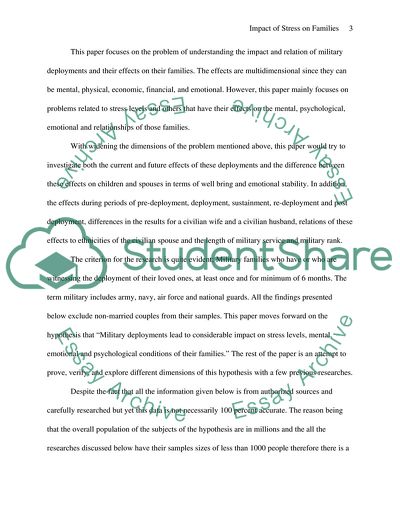Cite this document
(Impact of Stress on Families during Military Deployments Research Paper, n.d.)
Impact of Stress on Families during Military Deployments Research Paper. Retrieved from https://studentshare.org/psychology/1732284-impact-of-stress-on-families-during-military-deployments
Impact of Stress on Families during Military Deployments Research Paper. Retrieved from https://studentshare.org/psychology/1732284-impact-of-stress-on-families-during-military-deployments
(Impact of Stress on Families During Military Deployments Research Paper)
Impact of Stress on Families During Military Deployments Research Paper. https://studentshare.org/psychology/1732284-impact-of-stress-on-families-during-military-deployments.
Impact of Stress on Families During Military Deployments Research Paper. https://studentshare.org/psychology/1732284-impact-of-stress-on-families-during-military-deployments.
“Impact of Stress on Families During Military Deployments Research Paper”, n.d. https://studentshare.org/psychology/1732284-impact-of-stress-on-families-during-military-deployments.


